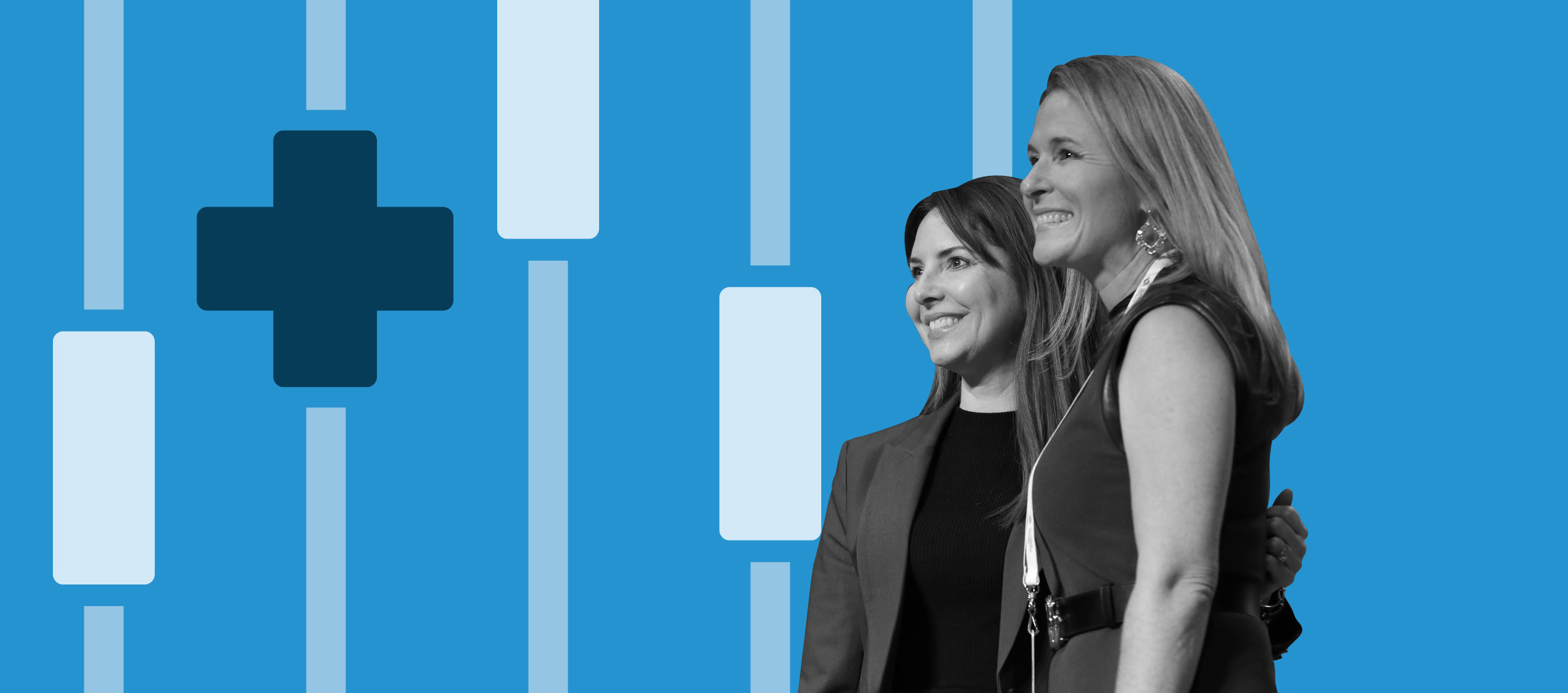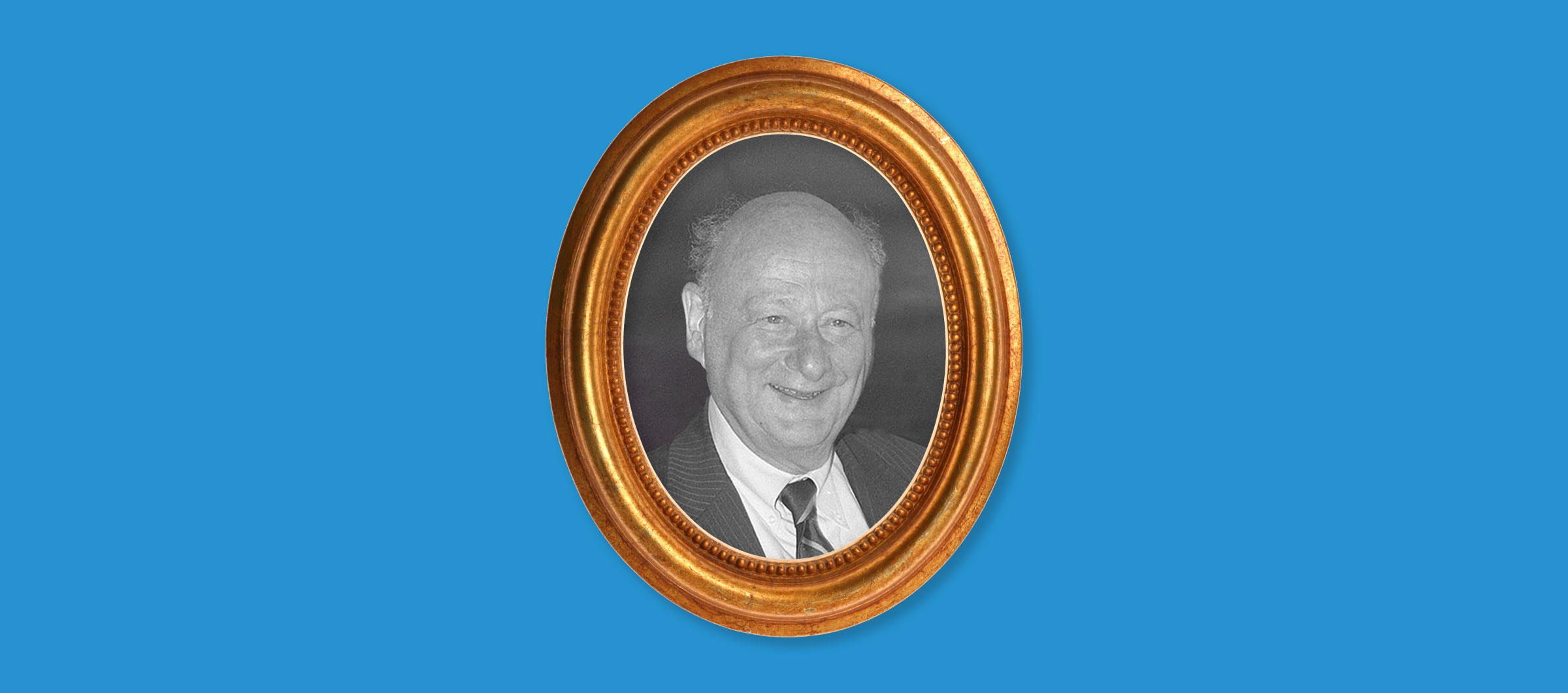
Apryl Childs-Potter, president of the Nashville Health Care Council, discusses the changing healthcare landscape and Nashville's role as the industry's capital.
Read More
Subscribe to Our Thinking, valuable insights for healthcare execs, communicators and marketers.





